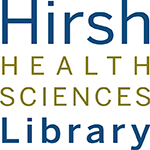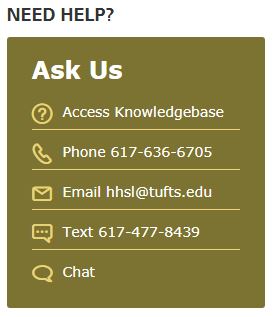
Image by David Mark from Pixabay
So, you’re staff at Tufts and you’ve made some pretty useful stuff during your time here. Let’s say someone at another organization asks to reuse a flyer you designed, a figure you generated, pieces of a report you wrote or something else you created as part of your job here at Tufts.
Can you share your work? What’s the best way to do it?
Maybe you haven’t memorized the university’s Intellectual Property Policy, but it’s worth a look. Among other things, it says Tufts University owns the copyright on work staff produce as part of their duties (a.k.a, “work for hire”). Tech Transfer and University Counsel have created a protocol for sharing these works. It starts by you completing the Creative Commons Submission Form.
What is Creative Commons (CC)?
Creative Commons provides somewhat straightforward copyright license language protecting the rights holder while encouraging certain uses of the material by others. For example, some CC licenses prohibit commercial use of the work and some require that any other works produced using the original material carry the same CC license as the original. The concept is summed up on the submission form as, “By applying a CC license to a given work, authors can easily promote redistribution of their work with minimal paperwork, and without sacrificing control over certain important types of use.”
How does the process work?
After approval by Tech transfer and Legal Counsel, you’ll add notice of the license to your work and can share with others within the parameters of the license. The university can also make individual decisions to allow certain other uses of the material on a case by case basis.
For a great example of the Creative Common license in action, check out the Evidence Pyramid crafted by our librarian, Amanda Nevius. When Amanda was updating the content presented to our dental students on Evidence-Based Dentistry, she wanted to create an updated Evidence Pyramid with a focus on clarity and accessibility, using both color-blind friendly design and dyslexia-friendly font. With input from other librarians and design help from Katherine Morley, she did so. Anticipating that this visually appealing pyramid may be something others would want to use, she pursued the Creative Common license and applied it. Already, a clinical faculty member from Arizona School of Dentistry & Oral Health has let her know she is grateful for the CC license and is intending to use the pyramid.
Any questions about this process?
Contact the Tufts Scholarly Communication Team or University Counsel.
Post contributed by Judy Rabinowitz
Recent Posts
Categories
- 4th Floor Tabling (3)
- affiliation (4)
- Announcements (353)
- Book/Resource Reviews (117)
- Hours (131)
- Interviews (4)
- New Titles & Resources (114)
- News & Events (266)
- Open Workshops (48)
- Outside News & Events (66)
- resources (18)
- throwback thursday (5)
- Tips & Tricks (135)
- Uncategorized (148)
Tags
4th floor affiliation books Boston circulation crafts electronic resource electronic resources events exams extended hours food fun fun lab funlab graduation HHSL Hirsh Health Sciences Library holiday holiday hours holidays hours leisure reading library fun lab library service desk library staff new books open access open access week open workshop Open Workshops reserves resources staff statistics summer survey tea Thanksgiving therapy dogs Tufts Hirsh Health Sciences Library website welcome! writing consultants writing helpFollow us @TuftsHHSL!
Twitter feed is not available at the moment.



